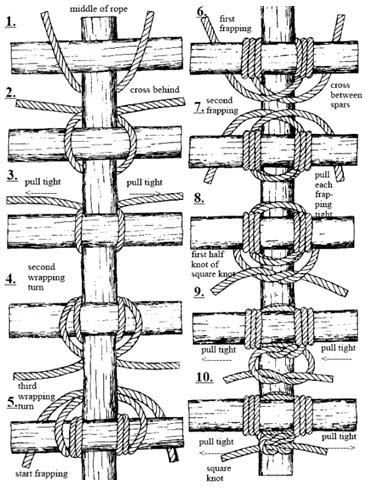There are many ways to simplify your cooking gear as well as decrease its weight. Titanium or aluminum kitchenware, simple stoves without pressurized fuel bottles and canister stoves made of lightweight materials are just some examples of the ways that your camp kitchen can become simpler and lighter - which should be especially useful when working with a limited backpack volume or hiking for extended distances. Although many of the ideas above will simplify your camp kitchen they may come at some cost with regard to a loss of control over cooking temperatures. For example, a MSR Dragonfly stove has two adjustments for flame control and can thereby simmer foods while a system like the Esbit solid fuel stove cannot - one stove offers cooking control while the other is lightweight and simple. Take your cook system into consideration when planning your next hike and use it along with your ingenuity to plan meals that will fill your stomach while not being too much of a burden on your back and joints.
Tin Foil Dinner
(Adapted from cooks.com)
Aluminum foil
Make a double layer of aluminum foil approximately 12 inches in length.
1 medium onion, sliced
Cover the central area with 1/2 of the sliced onion.
5-6 large carrots, cut in long thin slices
Put 1/2 of the sliced carrots on top of the sliced onion.
1 large potato, cut in long thin slices or small cubes
1 hamburger patty, 1/4 to 1/3 lb. patty
Next put 1/2 of the sliced potatoes on top, then the hamburger patty. Add the other 1/2 of the potatoes, carrots and onion.
Salt and pepper
Add salt and pepper to the top of the layered ingredients.
Fold the aluminum foil and crease the seams firmly so that the juice/steam doesn't escape while cooking. Bake at 350 degrees or grill until hamburger is done and vegetables are tender, approximately 45-60 minutes. Be careful when opening as steam can rapidly escape and cause burns. Serves 1.






